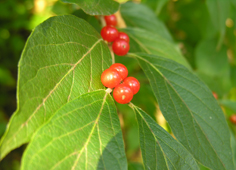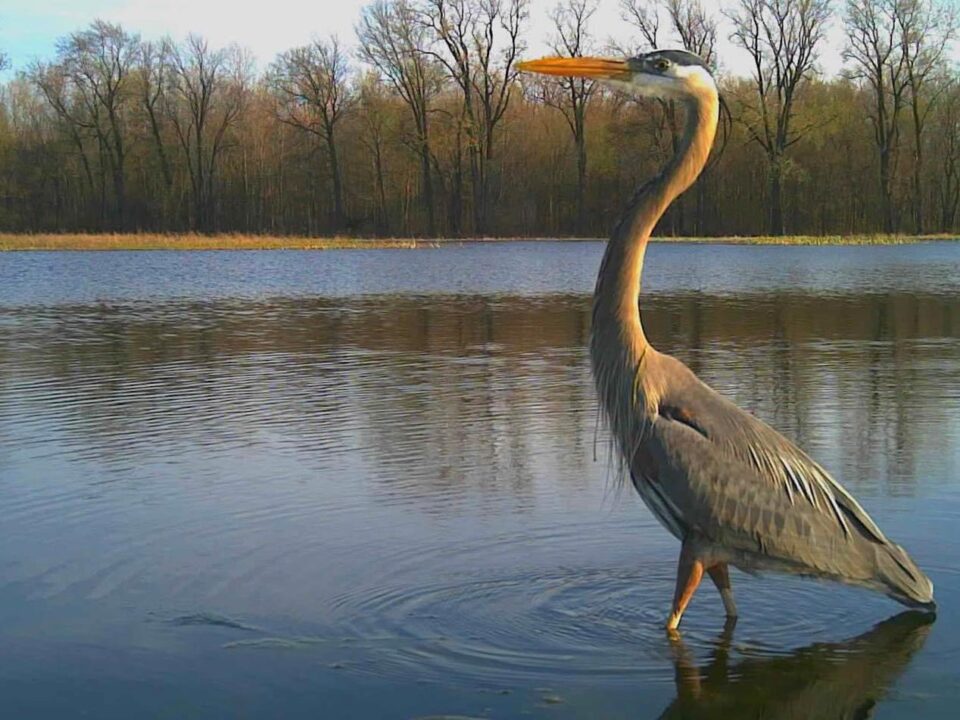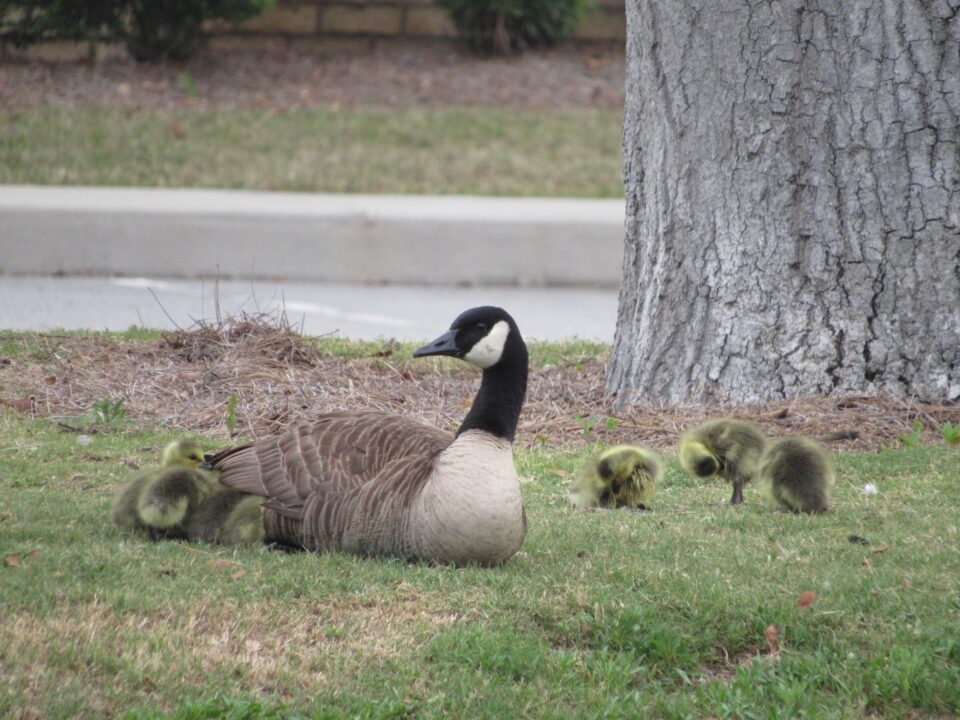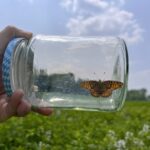
New Year, New You: Become the Explorer you Dreamed of as a Kid!
January 16, 2024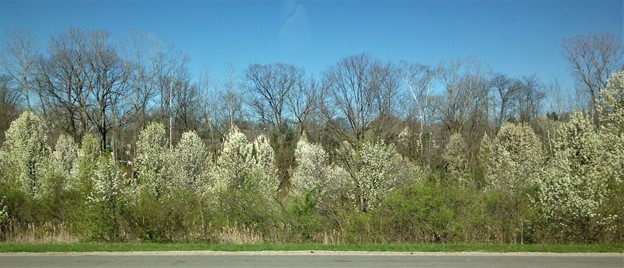
Invasive Species Awareness Week- Callery Pear
February 27, 2024By: Cody Wright
February 28, 2022
If you ask any conservation professional or land manager to name the greatest challenge they face, among the most common responses you will get is the never-ending effort to slow non-native and invasive species (NNIS). Ohio has become home to numerous such plant species that wreak havoc on the local habitats and ecosystems in which they take up residence. Four of the most notorious and problematic NNIS are the Bush Honeysuckles (Lonicera spp.), Callery Pear (Pyrus calleryana), Narrow-leaved and Hybrid Cattail (Typha angustifolia, T. x glauca), and Reed Canary Grass (Phalaris arundinacea). Let’s take a closer look at why each of these species present a concern and what is being done to help prevent their continued spread.
Bush honeysuckle species were first introduced to the U.S. in the late 1800s, these highly adaptable shrubs were previously coveted by the horticulture industry for use as an ornamental landscape plant due to their attractive white to pink flowers and plump, red-orange berries . They are fast-growing and shade-tolerant with bright green foliage that persists from early Spring into late Autumn. Once mature, bush honeysuckles produce copious amounts of seed, which are encased by fleshy fruits that are readily consumed by songbirds and other wildlife, thereby dispersing them widely across the local ecosystem. There is an extensive body of research surrounding the impacts of honeysuckle, with many studies suggesting that bush honeysuckles exhibit allelopathic tendencies (e.g. Cippolini, Stevenson, & Cippolini, 2008) and reduce nutrient deposition in the underlying soil (e.g. McEwan, Arthur, & Alverson, 2012), among other things. Such characteristics have given these shrubs a competitive edge, providing them the capacity to quickly overrun the understory of woodlands, right-of-ways, and roadsides. This invasion is rapidly displacing native flora and providing relatively little benefit to wildlife. Although the flowers and berries provide a source of food for pollinators and birds in their respective seasons, these food sources are to wildlife what a bag of potato chips and a candy bar are to us: junk food!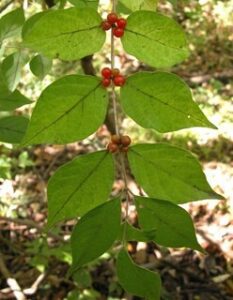
To protect the health of the ecosystem, removal and replacement of these plants is paramount. Although smaller, individual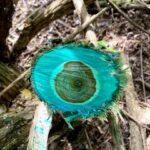
Honeysuckle wouldn’t be so successful if not for its stubborn persistence, however. Consequently, multiple treatments may be necessary in many areas to reduce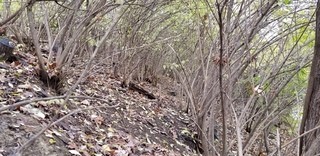
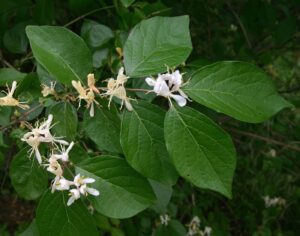
Lonicera maackii in bloom (Native Plant Trust)
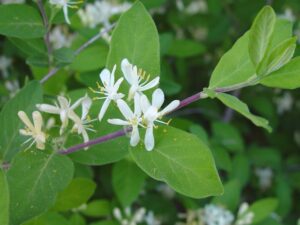
Lonicera morrowii in bloom (Native Plant Trust)
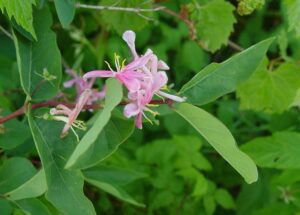
Lonicera tatarica in bloom (Native Plant Trust)
…we’ll continue tomorrow with the tale of Callery Pear.



